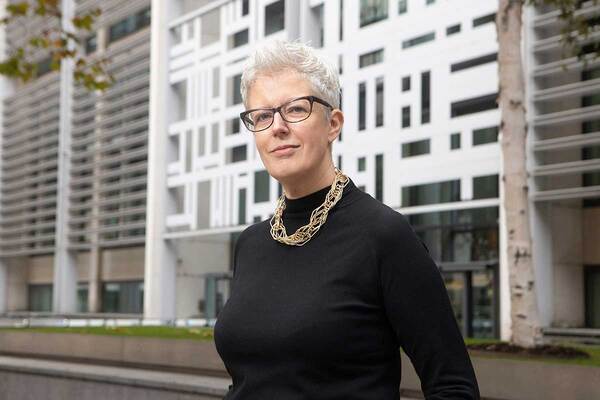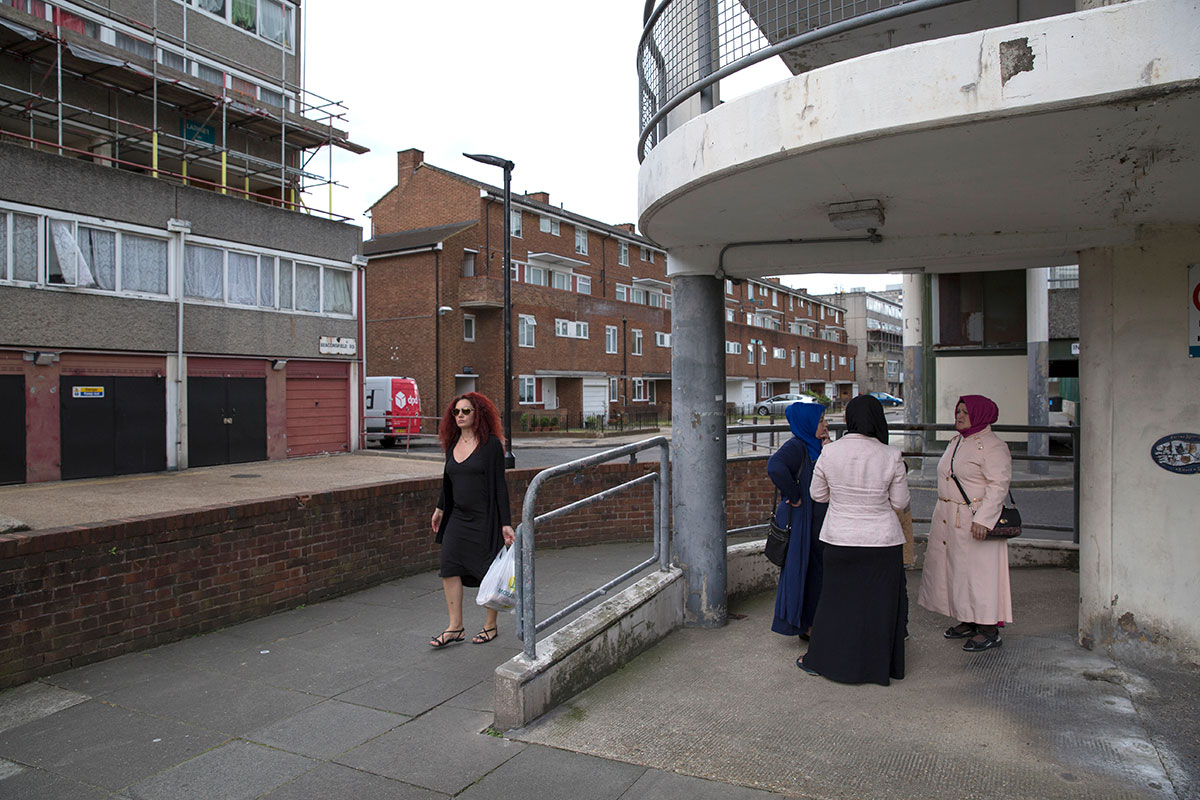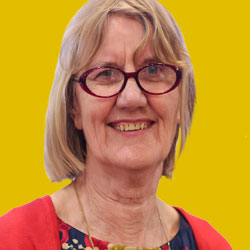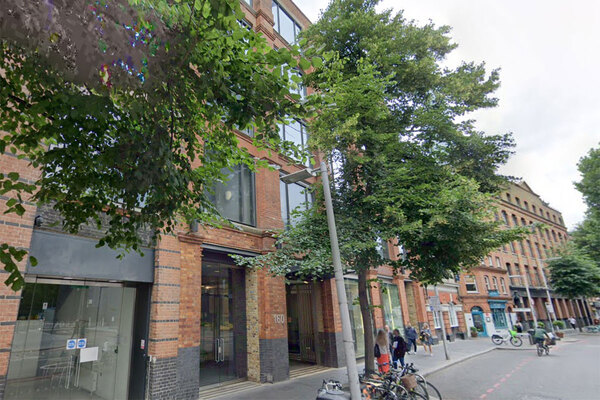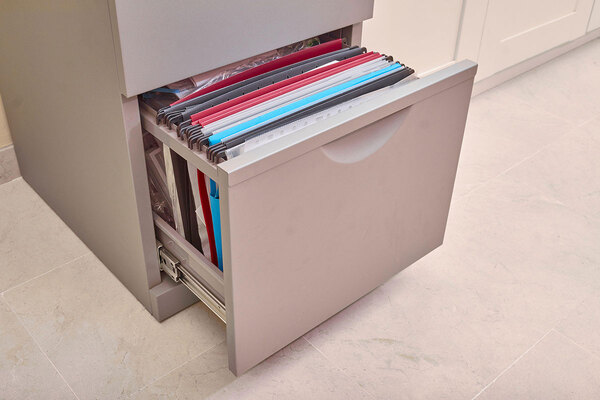Tenant engagement is vital for landlords to improve standards, safety and satisfaction
As part of Inside Housing’s Resident Safety Campaign, in association with Aico, we spoke to Stephanie Kelley and Val Scollen at Thirteen to find out how residents are shaping its approach to building safety

In association with:
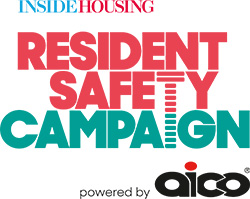
The safety of residents should be every landlord’s top priority – but residents have not always had a strong voice in the building safety practices of their landlord.
Last year’s Building Safety Act mandates that residents have the opportunity to take part in decision-making about the safety of their homes, and that they can access relevant safety information about their buildings.
But resident involvement in building safety is not just a box to be ticked – it is a key factor. Inside Housing’s Resident Safety Campaign, in association with fire safety specialist Aico, was launched in 2019 and seeks to highlight good practice from social landlords in working with residents to raise awareness of safety issues. As part of this campaign, we spoke to Stephanie Kelley, building safety operations manager at housing association Thirteen Group, and Val Scollen, resident and chair of Thirteen’s customer involvement framework, to find out how residents’ involvement has shaped Thirteen’s approach to building safety.
How important is resident involvement in building safety?
Stephanie Kelley (SK): Thirteen has always had residents at the heart of what we do. After the Grenfell Tower tragedy in 2017, the Hackitt Review was critical of the sector and noted that residents weren’t being listened to, but Thirteen has genuinely been on a journey for some time in order to make sure we’re positioned really well in that regard.
We identified that we needed to do more around building safety – there was a lot of information about safety in the media and that unnerved many of our residents. So it wasn’t just about engaging residents,
it was about reassurance.
How do you ensure you reach as many residents as possible?
SK: We have traditional housing management meetings with residents, and that gives residents the opportunity to raise anything and everything. However, what we found was that building safety was sometimes overlooked because of the meeting’s limited time and discussing all the other points on the agenda.
Now we are trialling a standalone meeting for building safety and rather than hold it in a room at a set time, we told residents, ‘We’ll be in your building’s foyer on this day, all day, so come along for a chat and a cup of tea,’ just to make it easier for tenants to raise concerns and give feedback.
Val Scollen (VS): I think it’s a better idea, because sometimes the residents’ groups can get noisy, and sometimes people can’t hear what’s being said.
Stephanie Kelley, building safety operations manager at Thirteen, leads its team of building safety and compliance specialists, who are responsible for keeping residents, buildings and colleagues safe. She is a board member for the Chartered Institute of Housing North East and Women in Social Housing North East.
Can you give an example of how resident involvement and co-design has shaped Thirteen’s approach?
SK: At the beginning of this year, we wanted to do a questionnaire to find out how safe residents were feeling, so my team worked with Val and the involved residents to formulate what that would look like, the questions we were going to ask and how we were going to approach it.
We carried out surveys at all of our high-rise blocks and we found most residents knew what to do in the event of a fire, they knew the evacuation policy for their building, but some were seeking clarity and reassurance.
We wanted to use that information to really tailor the services, and one of the things we [came up with] was bespoke resident engagement strategies: succinct documents that describe to residents what we do to make them feel safe, how they can raise and log concerns, and an accompanying document that tells them all about their building.
We took that back to Val and the involved residents, and they raised some really interesting points – about the layout, but also about the context. They wanted to see a little bit more information than we had included; they wanted to know the stats around the number of visits we make to each block, for example, because they said that would give some level of reassurance.
Having Val and the resident group work with us is like a sounding board that scrutinises exactly what we’re doing and provides feedback and suggestions. It’s working really well.
VS: Residents want to feel heard, they want to know their concerns are [being taken on board]. Thirteen listens to us and we always work together.
SK: If we want to convene a meeting [with involved residents], we fill in a form to explain why we’re meeting and what we hope to get out of it. That way residents can really dedicate their time to it, and we can get the best from the co-designed sessions that we hold with them.
It’s not lip service. It has been a two-way partnership between us and the residents to get to where we are today, and that’s given us the confidence to want to do more.
When we held one of the first involved residents meetings, it was very much a case of us presenting to them about what we were doing. And now when we go into a meeting, it’s the residents who drive the sessions.
Residents’ safety is obviously paramount, so how does Thirteen make sure residents feel safe in their homes?
SK: Your home is where you want to go back to, where you want to feel safe. From a building safety perspective, it’s about equipping residents with knowledge; letting them know about the checks we’re doing in the building, how frequently we’re there and if there are any issues we have identified.
We engage with them at the earliest opportunity around what we’re doing, when they can expect a resolution and who to contact.
That constant flow of information is crucial in order to instil that feeling of safety. Residents want to have confidence in their landlord – and they want to understand their homes, they want to feel in control, they want clarity. That is paramount.
How might you improve resident involvement in building safety?
SK: I want to evidence all the good work that Val and the team do to get more residents involved, because sometimes it can be a challenge to keep residents continuously engaged and to keep a broad and diverse cohort.
We are looking at additional ways for residents to dip in and out of engagement, so they can drive service improvement without always having to sign up to a long-term commitment.
VS: It’s about transparency – not only putting your hands up when things don’t go to plan, but also shouting about the good work so that residents can see what their landlord is doing and have trust and confidence in them.
Ultimately it’s about residents working together with landlords – that’s what we like.
